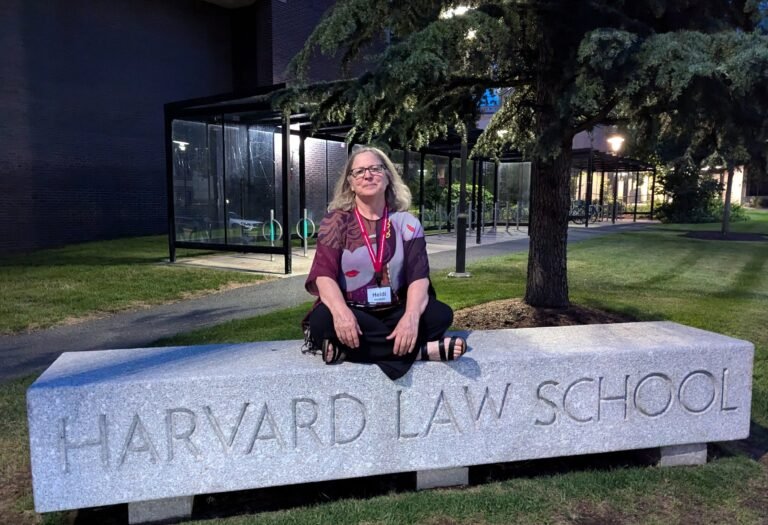On session day, the world opens—images, insights, a felt sense that something true has arrived. Then Monday comes. Email. Family. Habit. Integration is the bridge between those two worlds. It’s the quiet, steady process of letting what you learned during your psilocybin experience reshape how you live. Without integration, the day can become a memory you admire from afar. With it, small changes compound into a different life.
There is a reason we encourage clients to begin right away. For roughly two weeks after a psilocybin experience, many people notice an unusual flexibility in mood, attention, and behavior—what most of us casually call increased neuroplasticity. In plain language, your mind is more willing to update old stories and reinforce new ones. Repetition “takes” faster. Avoided tasks feel slightly less sticky. You still have to do the work, but the wind is finally at your back. This window does not close like a trapdoor; growth continues afterward. It’s simply a tailwind you’ll be glad you used while you had it.
Because the first fourteen days matter so much, we treat them as a devoted practice rather than a vague intention. Keep it simple. Keep it daily. The goal is not a perfect program; the goal is contact—consistent contact with what matters. Most clients do well with a short rhythm they can repeat on even the messiest day: a few slow breaths to arrive, a handful of sentences about what they want to remember, ten quiet minutes of movement or a short walk, one tiny step toward a change that actually fits their life. If writing feels heavy, speak into your phone and transcribe later. If movement feels daunting, put shoes by the door and walk to the corner and back. If your home is loud, sit in your parked car for five minutes of stillness. The form matters less than the devotion.
Creative capture helps many people anchor meaning when words feel thin. Sketch the shape you kept seeing. Make a lo-fi collage from a magazine you love. Hum the melody that found you and record it. These objects are not art projects to judge; they are touchstones that let you re-enter the state of mind that taught you something important. When you revisit them a week later, they often open the door again.
Others find their footing through the body. Gentle yoga, tai chi, stretching on the floor, or a slow loop around the block tells your nervous system that the insight is allowed to live in muscle and breath, not just on a page. The pace should be humane. Ten minutes may be plenty. If the practice feels punishing, shrink it until it doesn’t.
Nature widens attention when life narrows it. Even brief time near trees or water—preferably without a phone—settles scattered mind-states and makes space for the quiet voice that often returns after a journey. If you can’t leave the house, a window with sky and a timer for five minutes will do. The point is contact with something larger than the to-do list.
For some, talking with a counselor or a trusted guide is the turning point. Integration is not analysis for its own sake; it’s translation. What boundary needs to be drawn? What grief wants a witness? What habit wants a kinder replacement? Bring one page of notes to your session and choose one specific experiment to run this week at home. Small, visible wins create momentum.
Community matters more than most people expect. Being witnessed by others doing similar work reduces the loneliness that can follow big individual experiences. It also creates gentle accountability: you told a group you’d take a nightly walk; next week you get to say you did. It is not about advice. It’s about language, courage, and the relief of saying the truth out loud.
Environment often decides what happens next. Place cues where behavior lives: a journal on your pillow so the day ends with remembering, shoes by the door so movement begins before thought, a kettle note that says “breathe while the water warms.” When you change the surroundings, the desired action stops depending on willpower.
You will know integration is working when the insight is no longer something you recall but something you do. You will notice a little more choice where there used to be only reaction. You will be able to name one habit you kept for two weeks, and that small pride will feel sturdier than a grand intention you never started.
At Vital Reset, we build this into the way we care for clients. Many of our facilitators help you craft a possible integration activity plan before your journey. Facilitators offer one-to-one integration sessions, in person or virtual, when focused support would help. We share referrals for counseling and community resources when another professional is the right next step. And because community is powerful, Vital Reset offers two group integration sessions every month at no cost to our clients. These are gentle, facilitator-led circles designed for exactly the kind of truth-telling and momentum that the two-week window rewards. If timing allows, aim to attend at least one after your journey.
If you are preparing for a journey, consider setting the integration frame now. Clear a little space on your calendar, as much as possible during the two weeks following your journey. Choose a notebook you’ll actually use. Tell one person what you’re trying and how they can help—“Please take the kids Saturday morning so I can walk by the river.”
If integration feels overwhelming, begin today with the tiniest possible version of your practice. Write three lines. Stretch for two minutes. Step outside and look at the sky. Tomorrow, do it again.
When the wind is behind you, even small steps cover ground.
To plan your integration or join a group, talk with your facilitator or contact Vital Reset or call 541-645-4485. We’ll help you use the window well—and keep going after it closes.



